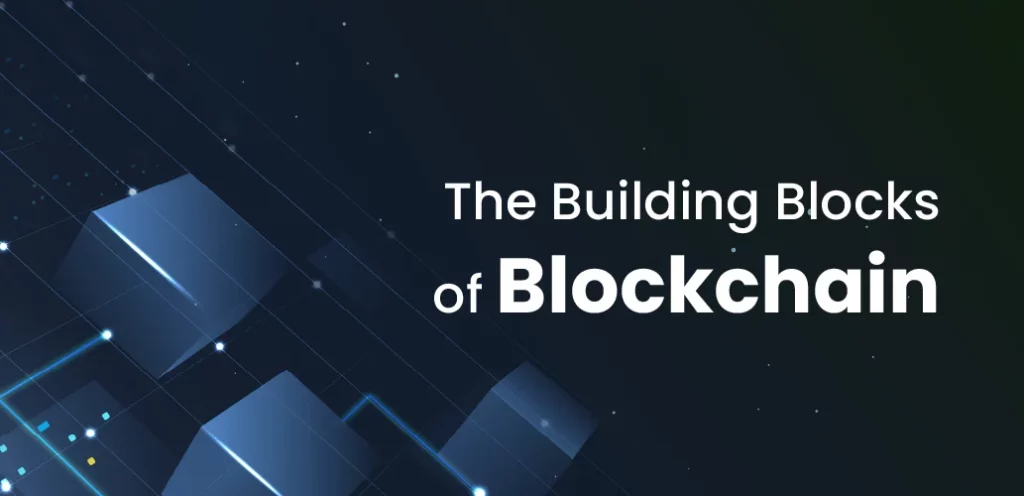
The Building Blocks of Blockchain
There is a lot of talk in the business world about blockchain, cryptocurrencies and the future of fintech (financial technology). New technologies that go beyond what we use in our daily lives can be hard to imagine and even harder to put into practice. So here’s the bottom line: “Right now, procurement and finance professionals need to focus on the basics and familiarize themselves with these concepts,” says Girish Ramachandra, technology sector director at Wipfli LLP in Chicago.
BLOCKCHAIN BASIS
Blockchain, according to IBM’s “Blockchain for Dummies,” is a “shared, immutable ledger that enables transaction logging and asset tracking across a corporate network.” Assets can be tangible (eg, property, vehicles, money or land) or intangible (intellectual property, patents, copyrights or trademarks). Virtually anything of value can be tracked and traded on the blockchain network, reducing risk and costs for all parties involved.
In its simplest form, a blockchain is a digital file that stores data. Through an open ledger, blockchains contain information shared across multiple computers. This differs from traditional accounting, where information is stored in a single database and then, in most cases, processed by a central entity (for example, an individual, organization or government).
Because the blockchain contains multiple users, computers, and databases, it creates a layered transaction environment that is theoretically more secure because the content is immutable, available, and verified by user consent.
In the blockchain ecosystem, the cryptocurrency Bitcoin is a common example of a working technology. Blockchain is the foundational technology that allows cryptocurrency transactions to be reported and stored in a shared ledger that verifies every transaction.
TAX AFFAIRS
Many CPAs’ first foray into blockchain technology may come from client tax returns. Form 1040, Schedule 1 asks, “Have you received, sold, sent, bartered, or otherwise acquired a financial interest in any virtual currency at any time during 2019?”
While most cryptocurrencies have dropped from their peak valuations, trade and related transactions continue to increase and become more accessible and common, meaning more taxpayers will answer “yes” to this question.
Andrew Gordon, CPA, attorney and director of the Blockchain Institute, says it is in the best interest of their clients that accountants understand the rules for reporting such transactions. “Now you can report something as simple as a customer using Bitcoin to buy a cup of coffee,” says Gordon.
INDUSTRIAL INNOVATION
On the other end of the blockchain spectrum, large companies are using it for supply chain innovation. For example, Walmart has started using blockchain to track organic food from farm to table. Walmart’s US division implemented IBM Food Trust’s blockchain to track leafy greens after romaine lettuce contamination issues in 2018 and has since started using it to track shrimp exports from Indian farmers in Andhra Pradesh to select Sam’s Club locations in the United States. In June 2019, Walmart China announced a partnership with PwC, blockchain company VeChain, and a local trade association and beef producer to create the Walmart China Blockchain Traceability Platform, which focuses on food chain security.
“In practice, blockchain works very well in these situations,” Ramachandra says. Shoppers can use their cell phones to scan products on the shelf, track by origin and region, track a shipment, and even retrieve product inspection reports.
However, Ramachandra admits that the success of the project is due to the fact that the entire Walmart supply chain ecosystem has agreed to use this system. “It will take some time for smaller organizations to adopt these types of initiatives and for everyone to understand the benefits, efficiencies and changes they can make with blockchain,” said Ramachandra.
BANKS ON THE BLOCKCHAIN
The possibilities for applying blockchain to finance and accounting are many, but auditing is an area particularly ripe for technological innovation, says Kirk Phillips of The Bitcoin CPA™, Certified Bitcoin Professional and AICPA Instructor.
“The audit process will become more technological in nature, rather than having audit teams doing manual tasks,” Phillips predicts, pointing to Armanino’s TrustExplorer product as proof of concept.
TrustExplorer provides the first real-time audit report, ACT-205 research opinion, on TrustToken’s TrueUSD stablecoin assets, a cryptocurrency. According to Armanino, a California-based business and accounting consultancy, TrustExplorer offers stablecoin holders transparency in the circulating supply of tokens and escrow of those tokens. In other words, the web application ensures that TrustToken’s US dollar reserves are equal to or greater than the issued TrueUSD tokens.
“Now the work is automated and happens every 15 seconds in ‘block time’, which is the average time a block is added to the Ethereum blockchain.”
WHAT’S NEXT?
He sees more businesses accepting cryptocurrencies and making digital payments because these transactions can be completed in minutes (rather than days or weeks) and include multiple verification checkpoints, making them safe and reliable. He also sees a time when tax returns will be prepared using blockchain data and the technology will be used to update and reconcile financial statements during transactions.
“Accounting is about logging data, looking at past data, reconciling data and reporting on it,” says Ramachandra. CPAs should focus on what blockchain is, how it works and why it matters. Blockchain data is basically pre-screened – this is a significant difference from traditional approaches.
As the world continues to move from physical to digital documents, dollars, data and more, Phillips says the accounting and finance industries will be overwhelmed. For example, stablecoins like TrueUSD represent a new class of cryptocurrencies backed by a reserve fund focused on price stability. “Stablecoins are essentially a digitized version of the US dollar, and a whole world is emerging around this concept,” Phillips explains. “This is just one of many catalysts that promise to bridge the gap between the old and new world of money.”
It’s not much different than what happened when innovations like the Internet, email and smartphones emerged. “There’s always confusion at the beginning,” Phillips says, “but eventually it’s going to be something we’re all going to use. It’s going to be the same with blockchain.”
